Your lawn may have bare spots or patches of grass due to various factors, including drought, illness, chemical burns, weed or insect infestation, and frequent foot traffic that compacts the soil. You must identify the cause of your issue before starting any repairs. It will assist you in stopping it from happening again.
If there is a lot of foot traffic, try to find a way to keep cars away from that location. This could entail installing stepping stones, a gravel walkway, or a barrier to divert traffic and safeguard that section of your grass. You may believe that your lawn's sparse spots are caused by disease or insects. If so, identify the precise reason.
Other Topics You Might Like
Helpful Products You Might Like
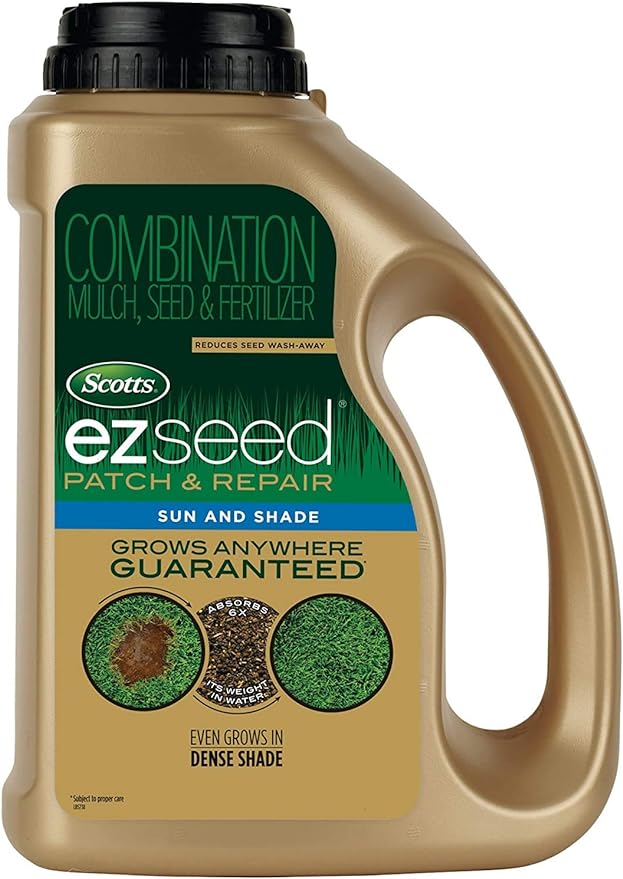
Scotts EZ Seed Patch & Repair Sun and Shade
Sun Joe AMP Electric Garden Tiller Cultivator
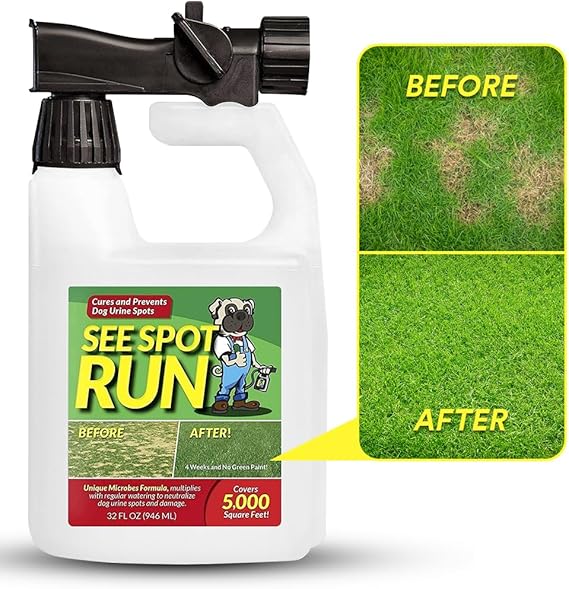
See Spot Run Eliminate Yellow Spots On Your Lawn Caused by Dog Urine
"(Paid Links)" 
Soil preparation to Repair Bare Patches in Your Lawn
Step 1
Remove All the Grass in the Problem Area
Dig up and remove the grass in the trouble spot. The dirt may be simpler to work with if it is wet first. Next, use a flat spade shovel to delineate the trouble area. Enlarge the area a little to make the task easier and guarantee that the entire problematic area is eliminated.
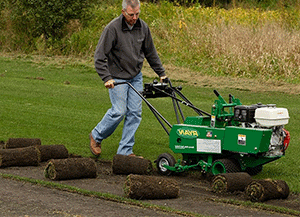
Step 2
Loosen the Soil
Use a spade shovel with a pointed or rounded end to turn the soil over. Make sure you reach a depth of roughly four inches. This allows the roots of your fresh grass seeds to grow deeper by breaking up soil compaction.
Remove all the stones, roots, or other plant materials that can impede the growth of your new grass before you begin loosening the soil.
Step 3
Amend the Soil for Healthy Growth
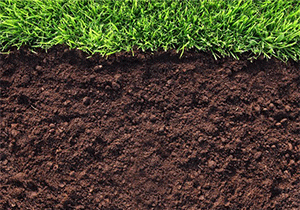
The soil in which your lawn and new grass are placed determines their health. By adding organic matter to your loose dirt, you can significantly enhance the growing environment for your grass roots.
Compost or a commercial bagged product from your neighbourhood garden centre can be used to enrich the soil. The more organic matter and nutrients there are in the soil, the deeper its colour.
Use a garden rake or spade to work the organic matter into the soil.
Step 4
Level the Surface
Level and smooth the surface using a garden rake. Since seed is being used in this scenario, the soil surface should be level with the surrounding soil. To accommodate the depth of the sod's soil and roots, the soil should be an inch lower if you're using sod that you bought or transplanted from another area.
Make sure the surface is level and free of high or low places. By doing this, lumpy results and depressions that can retain water and cause illness will be avoided.
Step 5
Spread the Grass Seed
If you're mending grass with grass seed, make sure to distribute it at the rate specified on the seed's box. Because the area is so small, the location, in this case, is seeded by hand. A thin layer of dirt should be raked over the grass seeds using a wheeled fertilizer or a small hand spreader for a more extensive area.
You can achieve strong roots and accelerated seed growth by applying fertilizer.
You should choose a grass seed that is compatible with the kind of grass currently growing in your lawn and the needs of the location where it will be planted.
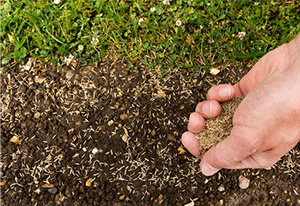
Step 6
Apply Mulch Covering
Spread a layer of mulch over the newly sown area for protection. Straw, peat moss, or other commercially available goods like PennMulch (shown below) are commonly used for this purpose. This product, made from recycled newspaper, has starting fertiliser to help with root establishment and effectively retains moisture.
Maintain Soil Wetness Until Seeds sprout
When sprout grass seeds dry up, they will perish. No matter how much you water the seeds, you will need to replant them when this happens.
The weather and the state of your soil will determine how often you should water the seed area. Although this may not always be feasible, aim for at least twice daily. Maintaining the soil's moisture content without making it soggy or causing water to pool on its surface is the aim. Your seeds will die as a result.
